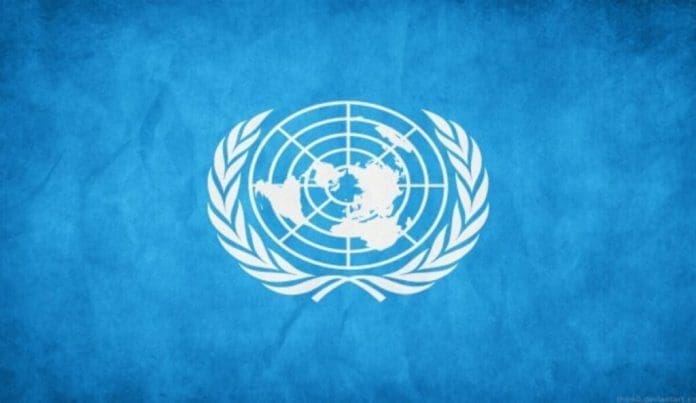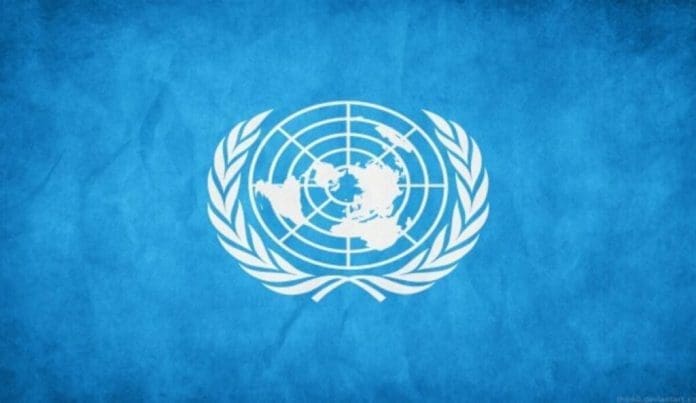
The United Nations announced four new World Restoration Flagships today during a high-level gathering in Rome, recognizing ambitious initiatives that are healing damaged ecosystems while strengthening food security across 18 countries. The announcement came ahead of World Food Day at the World Food Forum, where global leaders gathered to discuss sustainable agriculture and environmental restoration.
These newly recognized initiatives span four continents and are already restoring more than 500,000 hectares, an area nearly five times the size of Rome itself. By 2030, project leaders expect to bring almost another 500,000 hectares of forests, mountains, farmlands, and coastal ecosystems under restoration.
The World Restoration Flagship awards, jointly led by the Food and Agriculture Organization (FAO) and the UN Environment Programme (UNEP), spotlight large-scale efforts to reverse land degradation and build more resilient food systems. It’s an impressive milestone in the UN Decade on Ecosystem Restoration, which aims to revive one billion hectares globally.
Inger Andersen, UNEP’s Executive Director, emphasized that these flagships demonstrate what’s achievable when communities unite to combat climate change, biodiversity loss, pollution, and waste. The message is clear: even severely degraded landscapes can bounce back with proper investment and care.
What makes these initiatives particularly noteworthy isn’t just their scale but their innovative approaches. Take Jordan’s Collaborative Rangelands Restoration project, for instance. When ecologists arrived at Tel al-Rumman to establish the country’s first botanic garden, they found 4,500 sheep and the herding communities who depended on them. Rather than forcing people out, project leaders partnered with traditional herders to revive sustainable grazing practices across 180 hectares.
The results tell a compelling story. Biomass production grew more than eight times over, and communities now enjoy seven times more grazing days with significantly lower feed costs. Income for herding families more than doubled, and the number of families involved has grown tenfold. This participatory model proves that biodiversity restoration and food production can strengthen each other when scientific methods meet traditional knowledge.
South Korea’s response to the devastating Uljin forest fire offers another striking example. The blaze consumed over 20,000 hectares in roughly ten days, marking one of the country’s worst ecological disasters. But instead of rushing to replant economically viable timber species, authorities prioritized bringing back native biodiversity, including the endangered spike rosebay and habitat for the long-tailed goral, a rare goat-like mammal.
The country even established the Baekdudaegan seed vault in 2023 specifically to support post-fire recovery efforts. While most people know about Norway’s Svalbard Global Seed Vault, which protects crop species, few realize that South Korea now operates one of only two major doomsday seed vaults worldwide. This one focuses on wild tree and plant seeds, complementing global efforts to preserve biodiversity.
The Restoration Initiative brings together nine countries across Africa and Asia, including Cameroon, China, Democratic Republic of Congo, and Pakistan. Since 2018, with backing from the International Union for Conservation of Nature, FAO, UNEP, and the Global Environment Facility, this collaborative effort has brought over 310,000 hectares under restoration and another 717,000 under improved management practices.
More than 420,000 people have directly benefited so far, while the initiative has mitigated over 30 million tonnes of carbon dioxide equivalent. That’s roughly equivalent to the annual emissions from eight coal-fired power plants. The program works by translating global restoration goals into local realities, supporting restoration economies through nurseries, training smallholder farmers, removing invasive species, and shaping government policies.
The fourth flagship harnesses bamboo’s remarkable growth potential across nine countries in Africa, Asia, and Latin America. Bamboo-based restoration addresses damage from intensive agriculture, logging, fuelwood demand, and climate change. It’s already restored about 200,000 hectares and improved livelihoods for a similar number of people. By 2030, organizers aim to attract enough investment to restore an additional 300,000 hectares.
Led by the International Bamboo and Rattan Organization, this initiative supports poverty reduction while providing carbon storage and protecting biodiversity, including iconic species like bamboo lemurs, gorillas, and giant pandas. Success depends on harmonizing policies, engaging multiple economic sectors, respecting Indigenous rights, and scientifically selecting the right bamboo species from among 1,600 existing varieties.
QU Dongyu, FAO’s Director General, reminded attendees that ecosystem restoration isn’t merely an environmental imperative. It’s fundamental to global food systems and resilience for climate, biodiversity, and the millions who depend on healthy ecosystems for sustenance and livelihoods.
The awards program began in 2022 with ten inaugural World Restoration Flagships, followed by seven initiatives in 2024 and three ocean-related projects earlier in 2025. Progress across all flagships will be transparently monitored through the Framework for Ecosystem Restoration Monitoring, ensuring these ambitious commitments translate into measurable results.
Countries have already pledged to restore one billion hectares through various international agreements, including the Paris climate accord, Aichi biodiversity targets, Land Degradation Neutrality commitments, and the Bonn Challenge. However, tracking the progress and quality of this restoration has remained challenging. The World Restoration Flagships program addresses that gap by honoring exemplary initiatives while establishing transparent monitoring systems.
As these four new flagships join the growing global movement, they offer practical blueprints for communities worldwide facing similar environmental challenges. The common thread running through all initiatives is partnership: between scientists and traditional practitioners, between governments and local communities, between economic development and environmental protection. These aren’t just restoration projects. They’re demonstrations that healing nature and improving human welfare can advance together when approached thoughtfully.
